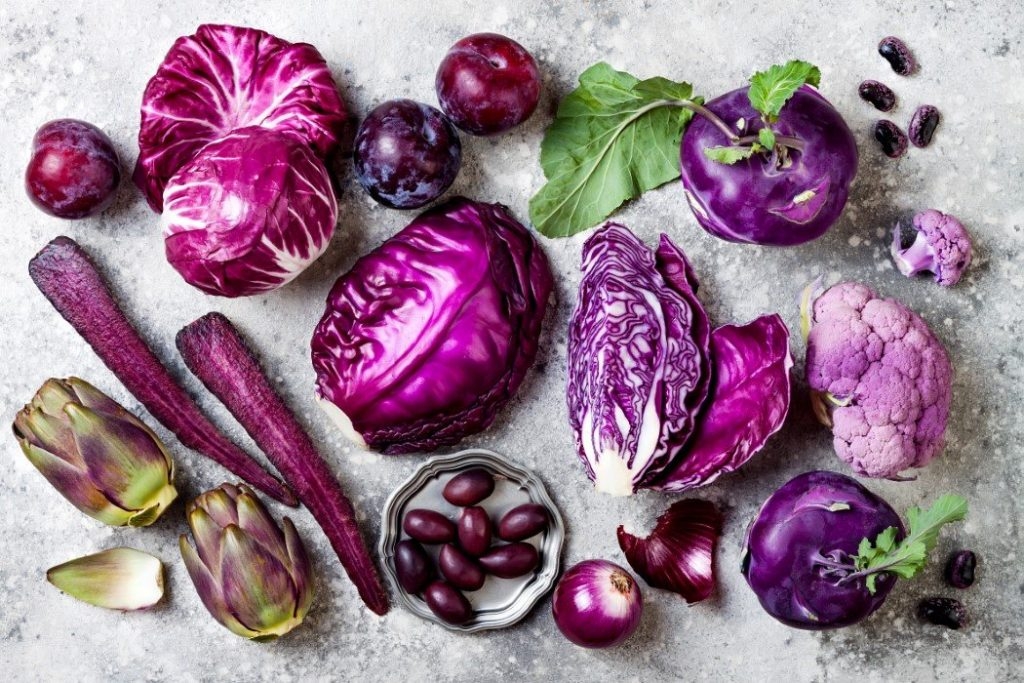Red, purple and blue pigments in fruits and vegetables called anthocyanins may reduce the risk of diabetes by affecting energy metabolism, gut microbiota and chronic inflammation in the human body.
A new review of relevant research reveals the impact of anthocyanins in the fight against type 2 diabetes. Nature created vegetables and fruits “colored” not only to attract the attention and aesthetic pleasure of those who eat them. The color of vegetables and fruits due to the presence in them of special useful substances with certain properties.
Anthocyanins are primarily “busy” strengthening the walls of blood vessels, and also prevent the development of a stroke. According to scientists, those who ate foods rich in anthocyanins were 32% less likely to have a heart attack than those who did not eat them. A large amount of acylated anthocyanins is found in:
- purple potatoes
- purple yam
- some varieties of radishes
- purple carrot
- red cabbage
- eggplant
- plums
- berries (blueberries, mulberries, cherries, blackberries, black currants).
Acylated anthocyanins are flavonoids, (andntocyanins, Also anthocyanins from the Greek ἄνθος – flower and Greek. κυανός – blue, azure, colored vegetable glycosides). Substances are poorly absorbed during digestion, but have probiotic properties and reduce the risk of developing diabetes. “Studies have shown that, in addition to changing physical and chemical properties, acylation affects how anthocyanins are absorbed and metabolized,” says postdoctoral researcher Kang Chen from the Department of Food Science at the University of Turku in Finland.
Substances found in purple vegetables and fruits are effective antioxidants. They maintain a normal balance of the intestinal microflora (microbiome), suppress inflammation, and regulate glucose and lipid metabolism (which is so important for diabetics).
But not only in this benefits of purple fruits and vegetables. Another of their properties is that they can help improve memory, think more clearly and calmly. Purple foods high in polyphenols have a positive effect on cognitive function. In addition, regular consumption of foods containing anthocyanins improves vision and increases brain performance.







More Stories
Serious threat to fertility, sleep and metabolism, increasing risk of cancer
Heat: The problems it causes in the cardiovascular system
Stepped on a Sea Urchin? Learn How to Remove the Spines